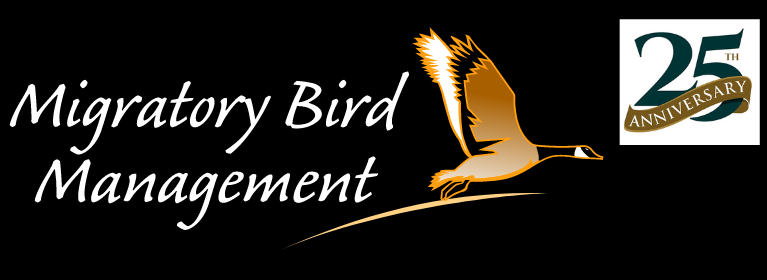Client

Rushing Waters Fisheries is a Wisconsin-based, open-to-the-environment rainbow trout farm that has been in operation since the 1940s. Today, the fishery raises trout in its 56 natural spring ponds.
Problem
For decades, Running Waters struggled to control bird predation on the fishery. They experimented with popular bird control strategies for years – and grew frustrated that the solutions they implemented never delivered lasting results.
“We’ve tried dogs, we’ve tried people, we’ve tried nets, we’ve tried wavy arm guys, air cannons… if you’ve thought of it, we’ve tried it,” said Peter Fritsch, the president of Running Waters Fisheries.
While some solutions were relatively effective during the day, none offered continuous protection; Fritsch noticed the greatest losses happened overnight. “At night, when you’re sleeping or you’re offsite, the birds are still eating,” he said.
To reduce fish loss, he knew he needed to implement a strategy that would deter birds 24/7.
Actions
In 2017, Wild Goose Chase installed an AVIX Autonomic Mark II laser on the grounds of Rushing Waters Fisheries. The laser is fully automated – and effectively deters birds day and night.
Though the laser causes no physical harm, birds perceive the beam as a threat – and learn to avoid protected areas. The beams sweep targeted areas continuously and in random patterns, so birds do not habituate and return. Properly installed, the AVIX Mark II eliminates up to 90% of bird nuisances.
Impact
Fritsch said the laser has been “a great success.” After the laser was installed, fish loss decreased – and nighttime predation nosedived.
“It really works at night when you’re not out here,” said Fritsch. “Its computer programmed. It keeps doing what you need it to do when you’re at home doing what you need to do. For us, it’s been a great fit.”
To learn more, watch the video below
